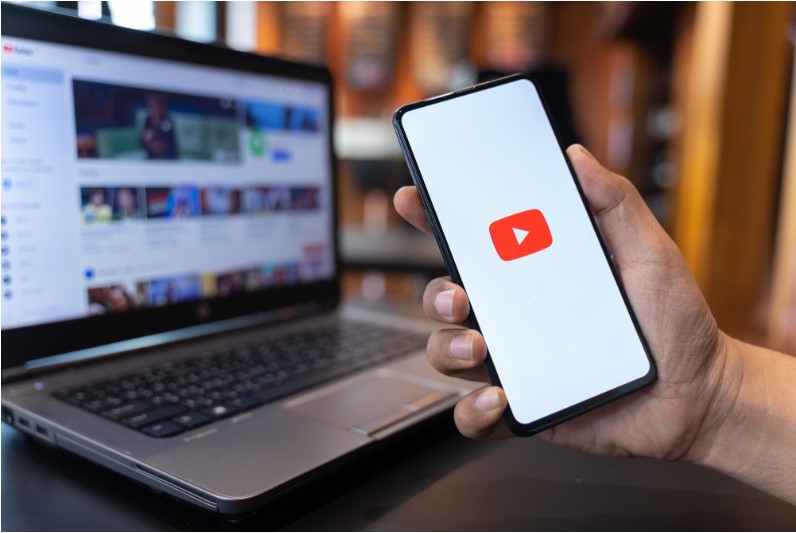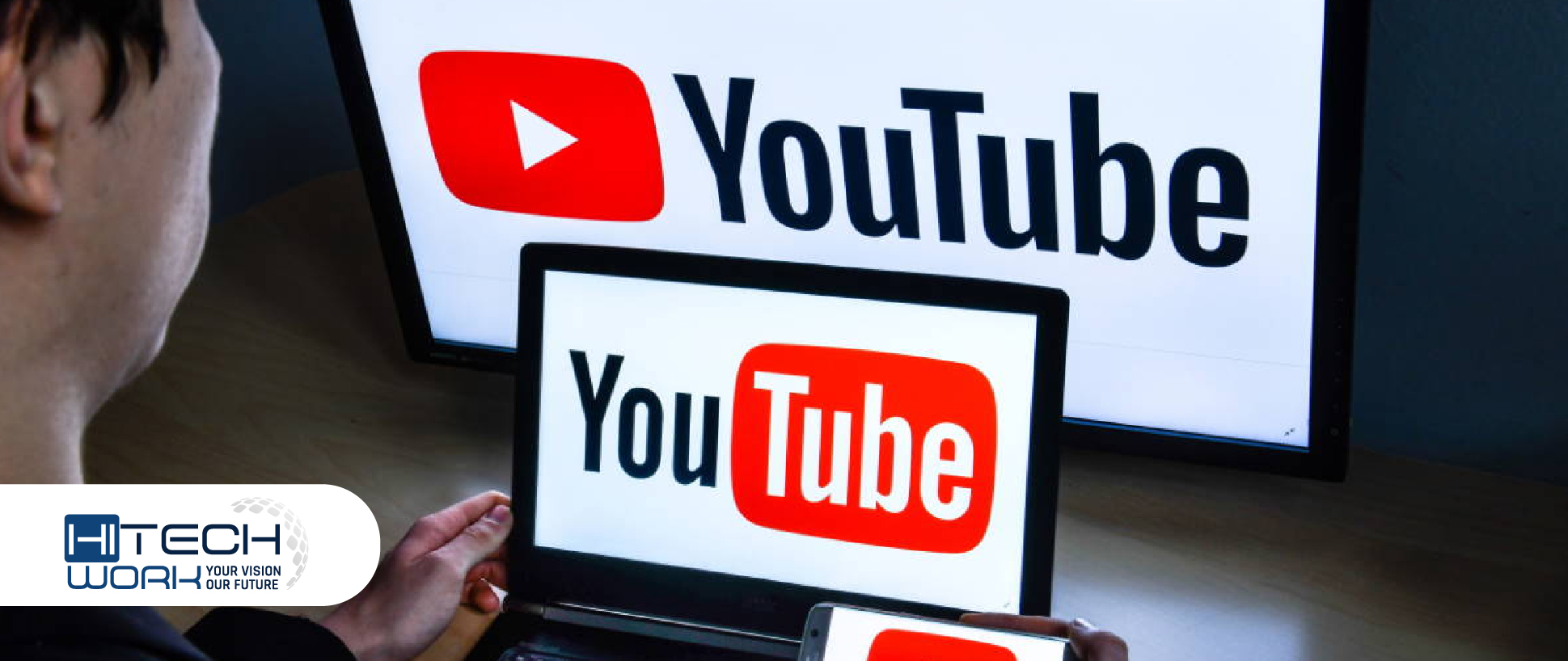As a content creator on YouTube, navigating copyright issues can feel overwhelming. With millions of videos uploaded daily, it’s essential to understand how copyright law applies to your work—before you hit that publish button. Copyright protects the original works of creators, but it can sometimes lead to unintended consequences for unsuspecting YouTubers. Just one misstep can result in a copyright strike, removal of your video, or even termination of your account. So, whether you’re vlogging about your daily life, sharing gameplay, or creating educational content, being armed with the right information is crucial to keeping your channel safe. Let’s dive into how you can stay clear of copyright troubles on YouTube.
Understanding YouTube's Copyright Policies

YouTube has a detailed set of copyright policies designed to protect both creators and original content owners. To navigate these effectively, it’s crucial to understand the key elements of these policies.
1. What Is Copyright?
Copyright is a legal term that grants the creator exclusive rights to their original work, including the right to reproduce, distribute, and display that work. On YouTube, this often pertains to videos, music tracks, images, and any content other people create.
2. The YouTube Copyright System
- Content ID: YouTube utilizes a system called Content ID that scans uploaded videos to identify copyrighted material. If your video contains identified copyrighted content, the owner can choose to monetize, block, or take down your video.
- Copyright Strikes: If you receive a copyright strike, you may lose access to certain features, and repeated strikes can lead to your channel's deletion.
- Fair Use: Under limited conditions, you might be able to use copyright-protected material without permission, but it’s best to know the specifics of fair use to avoid pitfalls.
3. Best Practices to Avoid Violations
- Always obtain permission to use someone else’s content.
- Create original content whenever possible.
- Use royalty-free music and images, and make sure to comply with any associated licenses.
- Be aware of the guidelines regarding transformation, commentary, or parody under fair use policies.
By familiarizing yourself with YouTube’s copyright policies, you can create with confidence, ensuring your content stands out without stumbling into legal troubles.
Also Read This: Account Resurgence: Recovering Your Photobucket Account
3. Common Copyright Violations to Avoid

When you're navigating the exciting world of YouTube, it's crucial to understand the potential pitfalls related to copyright. Here are some common copyright violations that creators should steer clear of:
- Using Copyrighted Music: One of the biggest missteps is incorporating copyrighted music into your videos without permission. Even short snippets can trigger copyright claims!
- Including Video Clips: Adding clips from movies, TV shows, or other YouTube videos can also lead to violations. Always check if the content is protected.
- Using Images or Graphics: When you grab an image from a Google search, you might be unknowingly using someone else's work. Ensure you have the right to use any visuals.
- Repurposing Content: Reuploading someone else's video (even with minor changes) or splitting it into parts and posting can land you in copyright trouble.
- Plagiarism: Copying someone else's script, ideas, or even styling without giving credit is also a violation of copyright and can damage your reputation.
Remember, YouTube takes copyright pretty seriously. Avoid these common pitfalls, and you'll save yourself a lot of headaches later!
Also Read This: How to Save YouTube Shorts for Offline Viewing
4. Best Practices for Using Copyrighted Material
Even though copyright laws can feel overwhelming, following some best practices can help you use copyrighted material responsibly. Check out these tips:
- Seek Permission: Before using any copyrighted material, always obtain permission from the copyright holder. This can save you from potential lawsuits.
- Use Royalty-Free Music: Consider platforms that provide royalty-free music, like Epidemic Sound or Artlist. These services allow you to use music legally.
- Creative Commons Licenses: Look for content under Creative Commons licenses. These materials often allow certain uses, as long as you follow the guidelines provided.
- Transformative Use: If you change the original material significantly (like in reviews and commentary), it may be protected as fair use—but be cautious and understand this area well!
- Give Credit: Even when using licensed materials, giving proper credit can go a long way in showing respect for the creators you're borrowing from.
By adopting these best practices, you can create original content that aligns with copyright laws and respects the work of others!
Also Read This: Unlock Unique Designs with 123R’s Vector Graphics
How to Use Creative Commons Content
Using Creative Commons (CC) content on YouTube can be a fantastic way to enhance your videos legally and creatively. Creative Commons is a system that allows creators to grant permission for others to use their work under certain conditions, making it an ideal resource for YouTubers.
Here are some important steps to consider when using Creative Commons content:
- Know the Types of CC Licenses: There are several types of Creative Commons licenses, each with its own rules. For example, some may allow you to modify the content, while others don’t. Familiarize yourself with these licenses to ensure you're using the content correctly.
- Attribute the Creator: Most CC licenses require you to give proper credit to the original creator. Make sure you include attribution in your video description, specifying the creator’s name and linking back to the original work.
- Check for Commercial Use: If you plan to monetize your video, make sure the CC license allows for commercial use. Some licenses strictly permit only non-commercial use, which could lead to copyright issues later.
- Source from Reliable Platforms: Use platforms like Flickr, Wikimedia Commons, and CC Mixter to find CC content. These sites usually provide clear details about the licenses, ensuring you’re on the right track.
By understanding and following these guidelines, you can effectively and legally use Creative Commons content to enrich your YouTube videos. Remember, respecting the work of other creators not only fosters goodwill but helps maintain the integrity of your channel!
Also Read This: Word Wipeout: Deleting Files in Microsoft Word
Steps to Take if You Receive a Copyright Strike
Receiving a copyright strike on YouTube can be distressing, but it’s essential to handle the situation calmly and effectively. Here’s what you can do if you find yourself in this predicament:
- Understand the Details: First, read the notification you received carefully. It will explain why you received the strike, the content that was affected, and what actions you can take. Understanding the specifics is crucial for your next steps.
- Review the Content: Try to identify the content that led to the strike. Is it music, video clips, or images? Understanding what triggered the strike can help you avoid similar issues in the future.
- Consider Filing a Dispute: If you believe the strike was a mistake—perhaps you used content that falls under fair use or Creative Commons—you can file a dispute through YouTube’s platform. Be prepared to provide justification for your claim.
- Remove the Content: If the dispute isn’t a viable option, consider removing the video that triggered the strike. This can prevent further action from the copyright holder and help you avoid penalties like channel termination.
- Learn and Adapt: Use this experience as a learning opportunity. Familiarize yourself with YouTube’s copyright policies and best practices to avoid future strikes. Regularly review your content to ensure that it aligns with these guidelines.
By taking these steps, you can navigate copyright strikes more effectively and safeguard your channel against future issues. Remember, the key is to be proactive and informed!
Also Read This: Your Ultimate Guide on How to Download Tiktok Video Without Posting
7. Tools to Help Manage Copyright Risks
Navigating the labyrinth of copyright laws can feel daunting, especially as a YouTube creator. Luckily, there are several tools designed to help you manage and minimize copyright risks. Here’s a rundown:
- Content ID: YouTube’s own Content ID system scans uploaded videos against a database of copyrighted content. If it recognizes a match, it can either block the video or allow the copyright owner to monetize it. This tool is beneficial but can also lead to complications if your content is mistakenly flagged.
- Creative Commons: Using Creative Commons licensed material can save you from potential copyright issues. YouTube itself offers a library of music and images under these licenses that you can use freely, as long as you adhere to the specific terms, such as providing attribution.
- Stock Media Libraries: Websites like Pexels, Unsplash, and Artlist offer high-quality stock photos and music that won’t land you in hot water. Check the licensing agreements closely to ensure you’re compliant.
- Royalty-Free Music Platforms: Resources like Epidemic Sound or AudioJungle provide vast libraries of music that you can use in your videos, often without giving credit. Just make sure to follow their buying or subscription terms!
- Copyright Management Tools: Tools like TuneCore and CD Baby help musicians manage their copyright claims and royalties. If your channel focuses on music, these platforms are invaluable in ensuring your works are protected.
By leveraging these tools, you can focus more on creating fantastic content and less on wading through copyright troubles!
8. Conclusion: Staying Compliant as a YouTube Creator
As a YouTube creator, staying compliant is paramount for long-term success. Copyright issues can not only affect your channel’s profitability but can also result in penalties, including account termination. So, let’s wrap up the essentials you need to keep in mind:
- Understand Copyright Laws: Take the time to familiarize yourself with basic copyright laws. This knowledge will empower you to make informed decisions about the content you use.
- Use Original Content: Whenever possible, create and use your own original content. It gives you complete control and reduces the risk of copyright claims.
- Seek Permission: If you want to use someone else’s work, don’t hesitate to ask for permission. Many artists are open to collaborations, and crediting them can contribute to a positive relationship.
- Regularly Audit Your Content: Periodically review your videos and their associated claims. Sometimes, a video might face a copyright claim years after it’s been posted, so stay vigilant.
- Stay Updated: Copyright laws can evolve, especially in the digital age. Keep yourself informed about changes in legislation to avoid falling foul of the law.
In summary, while copyright can be tricky, staying informed and proactive enables you to create a thriving YouTube channel without the looming specter of copyright infringement. Happy creating!
 admin
admin








